Heat treatment furnaces commonly use refractory materials such as fireclay bricks, high alumina bricks, anti-carburization bricks, refractory concrete, silicon carbide products, various aluminum silicate refractory fibers, and refractory coatings. Among these, fireclay bricks are the most widely used in heat treatment furnaces.
PART 01: Fireclay Bricks
Fireclay bricks are primarily made from refractory clay and kaolin. Their chemical composition includes Al₂O₃ (30%-40% by mass), SiO₂ (50%-65% by mass), and other metal oxides. Ordinary fireclay bricks are classified as weakly acidic and have a load softening temperature of 1350°C. They exhibit low thermal expansion, thermal conductivity, and specific heat capacity, along with good thermal shock resistance. Their maximum service temperature ranges from 1300°C to 1400°C. Fireclay bricks are extensively used in heat treatment furnaces for constructing furnace roofs, floors, walls, and combustion chambers. However, they react chemically with Fe-Cr-Al alloys, leading to corrosion and damage to the alloy. Additionally, in controlled atmospheres, fireclay bricks are susceptible to erosion by CO and H₂ gases.

PART 02: High Alumina Bricks
High alumina bricks contain more than 48% Al₂O₃, with SiO₂ as the main secondary component and minimal impurities. Based on Al₂O₃ content, they are classified into three grades: >48%, >55%, and >65%. High alumina bricks offer high refractoriness, excellent high-temperature structural strength, and good chemical stability. However, they are expensive and are mainly used in high-temperature heat treatment furnaces, as supports for resistance wires or resistance strips, thermocouple protection tubes, and muffle furnace cores.
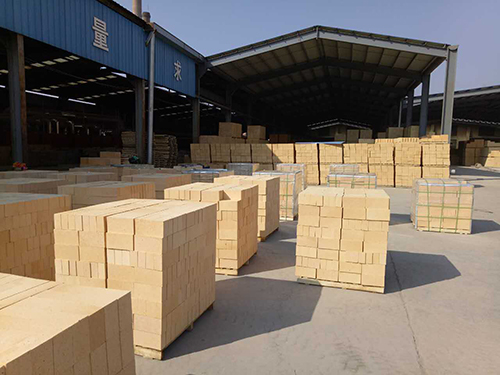
PART 03: Anti-Carburization Bricks
In CO- and H₂-rich reducing atmospheres, Fe₂O₃ in fireclay or high alumina bricks reacts as follows:
Fe₂O₃ + 3CO → 2Fe + 3CO₂
Fe₂O₃ + 3H₂ → 2Fe + 3H₂O
This reaction forms metallic iron, which acts as a catalyst for the decomposition of CO, leading to carbon black deposition inside the bricks:
2CO → CO₂ + C
The presence of iron and its transformation into Fe₃C causes the refractory structure to become porous. Additionally, carbon black deposition leads to brick expansion, ultimately accelerating the premature failure of the refractory lining. To prevent this, anti-carburization bricks must have an Fe₂O₃ content of less than 1%.
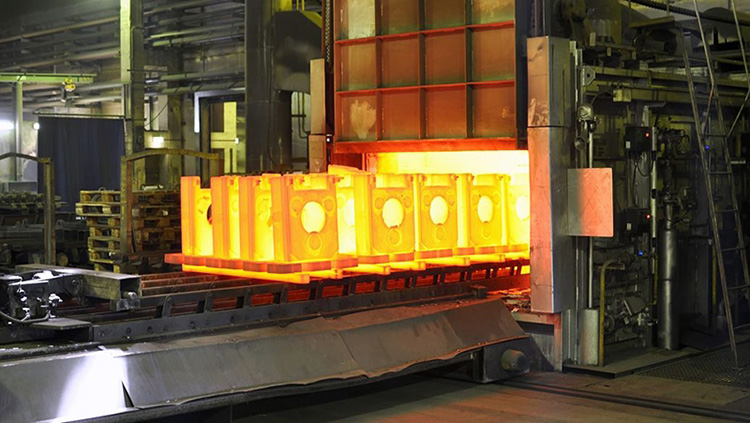
PART 04: Silicon Carbide Refractory Products
Silicon carbide (SiC) refractory products exhibit high refractoriness, excellent high-temperature structural strength, superior wear resistance, thermal shock stability, and good thermal and electrical conductivity. Depending on their manufacturing process, they can be used as heating elements and furnace hearth plates in high-temperature furnaces. However, above 1300°C, SiC products are prone to oxidation and can be corroded by alkaline slags.
![]()
PART 05: Lightweight Refractory Bricks
Lightweight refractory bricks are made by incorporating anthracite, coke powder, or other combustible materials into the brick formulation. During sintering, these materials burn off, increasing the brick’s porosity and reducing its bulk density, thereby enhancing insulation properties. Chemical foaming agents can also be added to achieve the same effect. Using lightweight or ultra-lightweight bricks as furnace linings minimizes heat storage loss, conserves energy, and shortens the furnace heating time. However, these bricks have drawbacks, such as lower compressive strength, reduced load softening temperature, increased residual shrinkage or expansion due to higher porosity, and decreased chemical resistance.
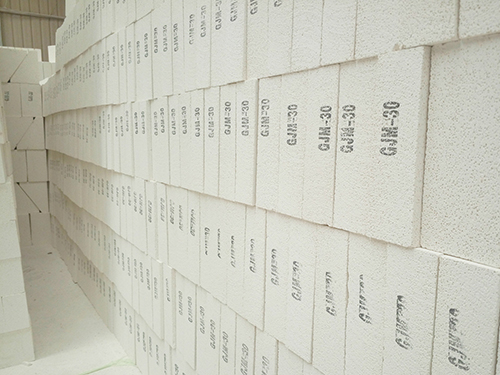
PART 06: Aluminum Silicate Refractory Fiber
Aluminum silicate refractory fiber, also known as ceramic fiber, is a new type of refractory material that combines insulation and high-temperature resistance. It can be made from aluminum silicate, quartz, alumina, or graphite. Ceramic fiber is lightweight, has a low specific heat capacity, excellent thermal stability, and good chemical resistance. It can be used in bulk form for filling, or processed into blankets, boards, ropes, and bricks. It is also suitable for furnace wall linings or as a transition layer between refractory and insulation layers.
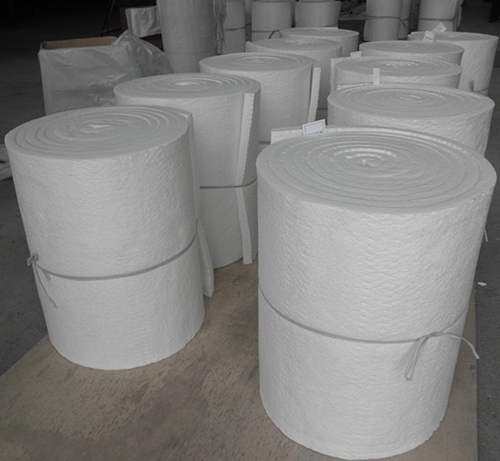
PART 07: Monolithic Refractory Materials
Monolithic refractory materials can be pre-cast into various shapes for easy mechanized construction or applied directly to the furnace as an integral lining, improving structural integrity and facilitating furnace design improvements. These materials are used for manufacturing components such as salt bath furnace crucibles, furnace roofs, and linings. Based on their preparation method, monolithic refractories include castables, plastics, gunning mixes, ramming mixes, troweling mixes, and shotcreting materials. Commonly used types include refractory castables, plastic refractories, ramming mixes, refractory coatings, and refractory cement.
Refractory concrete is a frequently used monolithic refractory in heat treatment furnaces and can be classified into silicate, aluminate, phosphate, and water glass refractory concretes. It consists of a binder, aggregate, and admixtures, with occasional setting accelerators. Refractory concrete can be cast into seamless linings, allowing for complex component manufacturing and rapid furnace construction or repair. It extends furnace lifespan and reduces costs but has a lower refractoriness compared to refractory bricks.
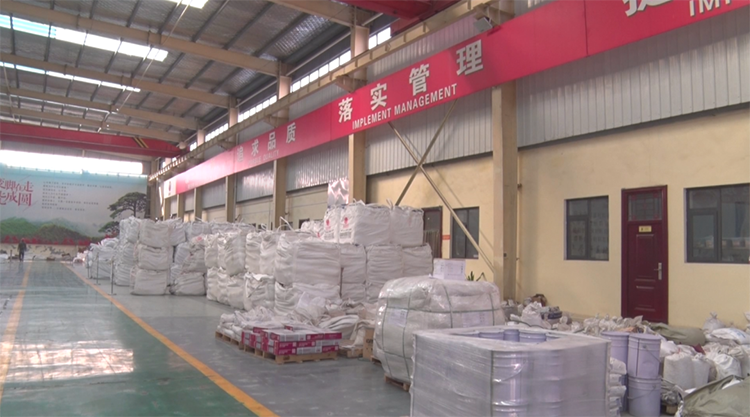
PART 08: Refractory Mortar
Refractory mortar is used when laying shaped bricks to fill joints, bond bricks together, and ensure structural strength and gas tightness. It consists of clinker and a binder, with refractoriness slightly lower than the bricks themselves. The composition and properties of refractory mortar should match those of the corresponding bricks.
For example, when laying fireclay bricks, refractory mortar typically contains 50%-70% fireclay clinker powder and 30%-50% bonding clay (raw clay), where the raw clay acts as a binder. However, excessive raw clay leads to significant shrinkage during sintering, causing joint cracking. In some cases, water glass-based plastic mortar is used to enhance gas tightness. Phosphate refractory mortar offers high bonding strength, excellent high-temperature stability, and strong chemical resistance. It is suitable for sealing joints in high-temperature salt bath furnaces and can also be formulated with high alumina clinker powder.
This comprehensive overview of refractory materials provides insights into their applications in heat treatment furnaces, ensuring optimal performance and longevity in high-temperature environments.
